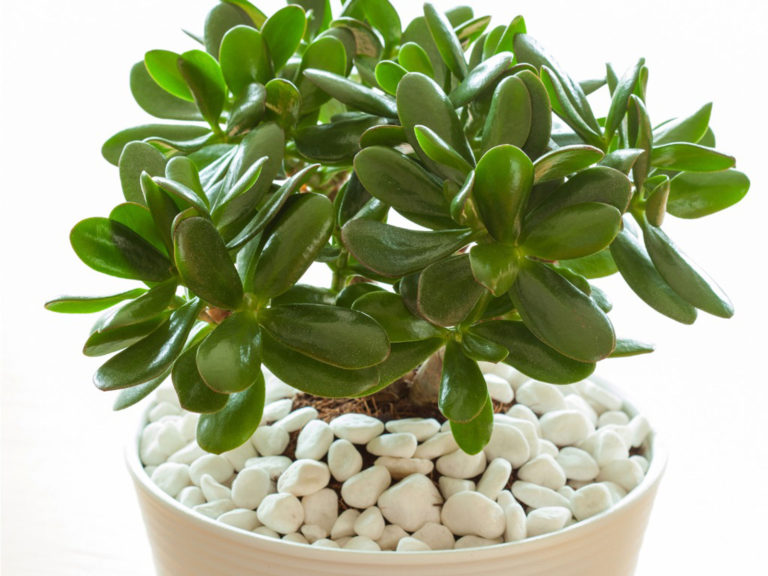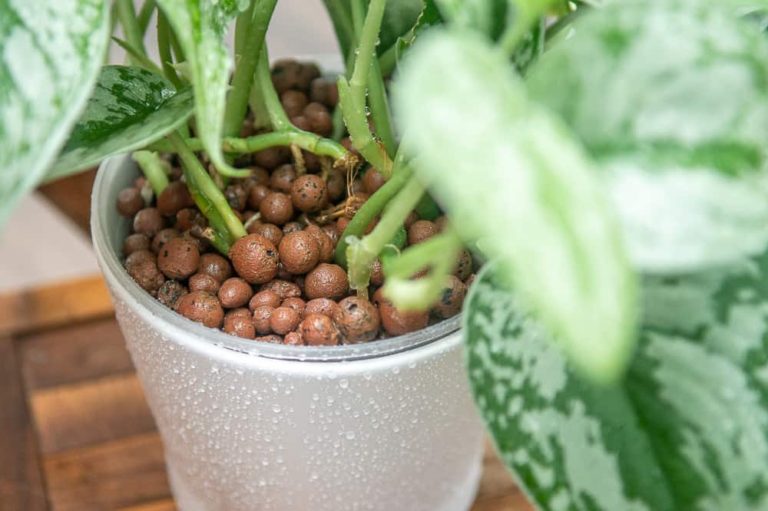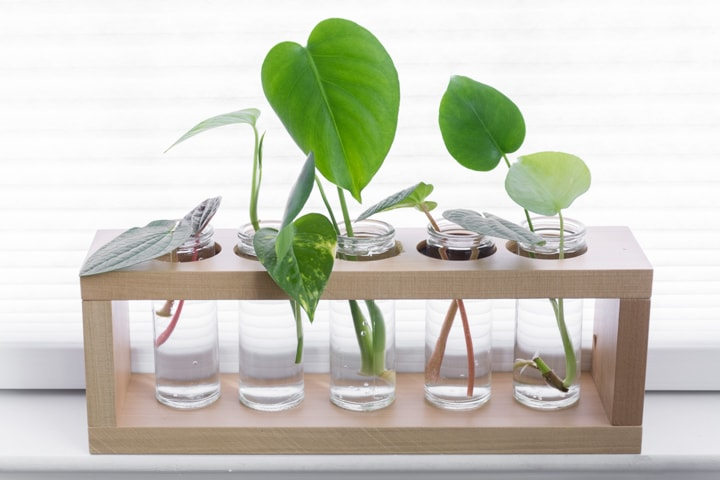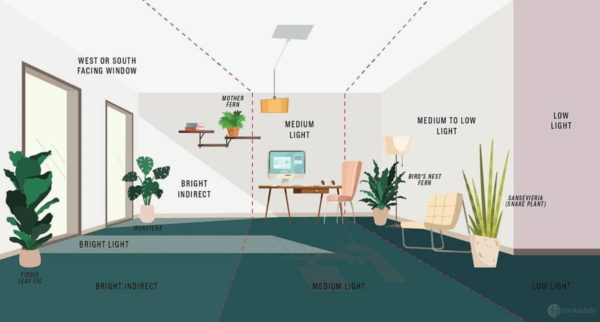Top 10 Houseplants For Beginners...
The Houseplant market has recently seen a huge spike in sales. And it is no wonder as our time spent indoors has increased significantly during the pandemic. Purchasing houseplants is a brilliant and effective way of bringing the out-doors, in-doors. Houseplants are not only known for their air-purifying abilities and the aiding of mental health, but they can also help in really pulling a room together.
For those of you who are considering introducing houseplants into your homes but are unsure of your abilities to maintain healthy plants, we’ve put together a list of the top ten houseplants which require minimal care and provide maximum impact!…
SPIDER PLANTS
This popular species of house plant rose to the top of the popularity list due to its ability to survive extreme conditions – come droughts, overwatering and low or high-light areas, this hardy species will always bounce back. So, if you’re just starting out with house plants – start here! Spider plants are also fantastic air purifiers and without assistance, they will easily sprout spider ‘babies’ – which means more plants for you!

- Ideally, they like moderate indirect light and moderate watering – mine always seem to be thirsty!
- There are a few varieties out there – my favourites being ocean and bonnie.
- They are non-toxic to pets.
DEVILS IVY – OR GOLDEN POTHOS
A part of the pathos family, this plant is not only beautiful with its glossy leaves speckled with yellow, white and light green, but it’s also very hardy. You can pretty much find this one in any supermarket. If treated kindly it will thrive and grow as long as you allow it! Plus, it is easily variegated so you can buy one plant and end up with many more. Choose to grow this on a coconut pole or leave to trail.

- Generally, they tolerate indirect moderate light but do not like to be overwatered.
- If you love this variety, make sure to check out the others such as Neon pathos and Marble Queen Pothos.
- Toxic if consumed.
ALOE VERA
The humble Aloe Vera plant, found in any supermarket, is the perfect houseplant for a beginner. Aloe Vera tolerates most conditions and is a great medicinal plant to have as it acts as pain relief from scrapes and burns when applied topically. Plus, it is unique formation is somewhat impressive!

- Aloes like being in a bright but indirect location with minimal regular watering.
- Aloe Vera toxicity level is mild for pets.
SNAKE PLANT
Snake plant, or mother-in-law's tongue, is a must for any houseplant owner. In fact, this plant will grow almost anywhere in the home, tolerating low light areas and minimal watering. Snake plants are usually available in most garden centres and supermarkets. The structural style of the plant pairs perfectly with modern interiors.

- Snake plants enjoy medium to low light and regular watering.
- Toxic if consumed.
ZZ PLANT
The ZZ plant has risen in popularity recently and we can tell why! This plant is not only a stunning formation of stem and leaves but also thrives in most conditions. ZZ plants generally do not like to be overwatered and can tolerate low light areas – so perfect for the darker spaces! ZZ Plant. We do not own this image.

- Water when the top two inches of soil is dry. They don’t mind low light but do not keep in a completely dark room.
- Toxic if consumed.
AIR PLANTS
Air plants can add a magical touch to any room – I especially love the ‘Spanish moss’ variety. Although Air plants don’t require a substrate such as compost to survive, they do require regular soaking. However, this can be only thirty minutes of soaking a week to make them thrive. The rest of the time they are free to float! Air Plant.

- Soak the plants weekly for best results.
- Non-Toxic to plants and humans.
JADE PLANT
Jade plants are slow-growing minimal maintenance house plants – so they are perfect for beginner house plant owners! In fact, these plants are so independent they have been known to survive months without any attention! Although, that’s not something I recommend!

- Water when the soil is dry and keep in moderate light.
- Jade plants are toxic if consumed.
PEACE LILY
The peace lily is as peaceful as they sound! Peace lilies are brilliant air purifiers, thrive with minimal attention and look beautiful in any environment. I recently saw some fantastically sized peace lilies in B & Q – it took me all my strength not to buy one! Peace Lily. We do not own this image.

- Place away from direct sunlight and keep the soil moist but not waterlogged.
- Mildly toxic if consumed.
DRACAENA
Also known as the ‘dragon tree’ is a perfect plant for those with busy lives. This plant will tolerate being slightly forgotten about!

- We recommend low to moderate indirect light and water when the topsoil is dry.
- Dracaena’s are toxic to pets.
FERNS
There are many species of tropical and subtropical ferns ideal for being house plants, however, I recommend ‘Birds nest’. Ferns like to be kept moist and warm with regular misting and low to moderate light. This makes them perfect for bathrooms and kitchens!

- Mist regularly, keep the soil moist and place in low to moderate light.
- Some ferns can be toxic and cause skin irritation.
We hope you’ve found the perfect house plant for the beginning of your houseplant collection… And believe me when I say collection! Once you start, you’ll find it hard to stop! We would love to see your houseplants – so please feel free to tag us on Facebook or Instagram!















